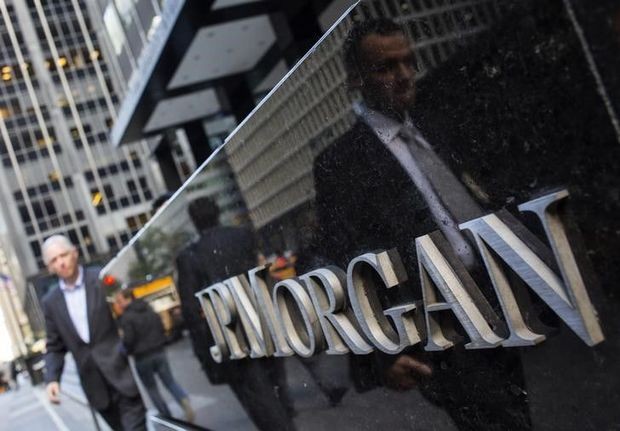Fed slashes dividend plans of large Wall Street banks Business
Post on: 16 Март, 2015 No Comment

Related Photos
WASHINGTON • Four of the largest U.S. banks just scraped by in an annual Federal Reserve check-up on the industry’s health, underscoring their top regulator’s enduring doubts about Wall Street’s resilience more than six years after the crisis.
Goldman Sachs Group Inc. Morgan Stanley and JPMorgan Chase & Co. all with large and risky trading operations, lowered their ambitions for dividends and share buybacks, the Fed said on Wednesday, to keep them robust enough to withstand a hypothetical financial crisis. The revised plans allowed them to pass the Fed’s simulation of a severe recession.
And Bank of America Corp. was told to get a better grip on its internal controls and its data models even as the Fed approved its payout plans after the so-called stress tests.
Bank of America exhibited deficiencies in its capital planning process. in certain aspects of (its) loss and revenue modeling practices, the Fed said.
The failure of four of the largest U.S. banks to win unconditional approval on their first attempt underscores the split between Wall Street banks and their regulators over whether the lenders have enough capital on their books to weather another crisis.
Citigroup, whose Chief Executive Mike Corbat has staked his job on not failing the so-called stress tests again, will sigh a breath of relief as it passed, allowing it to raise its payouts after failing last year for the second time in three years.
The Fed first started running its so-called stress tests in 2009, when many of the largest U.S. banks were struggling to repay taxpayer bailout funds they took after the collapse of Lehman Brothers a year earlier.
Citi said it will raise its quarterly dividend to 5 cents a share from the penny a share payout it had to adopt during the financial crisis and that it had won approval to buy back $7.8 billion of stock over five quarters. Shares in Citi rose by as much as 3.2 percent after the bell.
FOREIGN BANK WOES
The Fed rejected plans for the U.S. units of two European banks, Deutsche Bank and Santander, in line with earlier media reports.
The objection came even though both banks satisfied the Fed’s minimum capital requirements, since there were widespread and substantial weaknesses across their capital planning processes, the Fed said.
JPMorgan, Goldman Sachs and Morgan Stanley each had to adjust their capital plans to meet the Fed’s minimum capital requirements.
For those banks it’s going to be a continuing balancing act between how much leverage can you have to pass the stress tests and still maximize your profitability as a bank, said David Little, the head of the enterprise Risk Solutions unit at Moody’s, referring to banks with large trading books operating on Wall Street.
Morgan Stanley withdrew a plan to repurchase $4.9 billion worth of trust preferred securities to get the Fed to approve its capital plan, a person familiar with the matter said.
Still, Morgan Stanley shares were up 2.7 percent in after-hours trading after the bank said it would buy back up to $3.1 billion in common stock and raise its dividend by 50 percent to 15 cents a share.
The $6.4 billion of stock JPMorgan said it plans to repurchase over five quarters is 20 percent less per quarter than the $6.5 billion the bank was approved for in last year’s review that covered four quarters. But the bank did win approval to boost its quarterly dividend by more than the prior year.
In a sign that the largest banks have boosted capital buffers significantly in recent years, all 31 banks tested stayed above the minimum levels, passing the first leg of the Fed’s annual exam last week.
But the second part of the test, which determines whether banks can go ahead with their planned shareholder payouts, has proved more challenging, in part because the Fed weighs qualitative factors, such as whether banks have good systems for identifying and preparing for risks.
The tests are an increasingly important tool for the Fed, which is the country’s leading bank regulator as well as its central bank, and allows it to look under the hood of the banks, which critics say are too large to manage.
The failure of the two foreign-owned U.S. bank holding companies could also signal a tough time ahead for more foreign banks expected to join the Fed’s annual examination in coming years, such as the U.S. units of Credit Suisse, Barclays and UBS. Only seven foreign-owned banks took part in the tests this year.
Additional reporting by Emily Stephenson in Washington and Lauren LaCapra and David Henry in New York.














